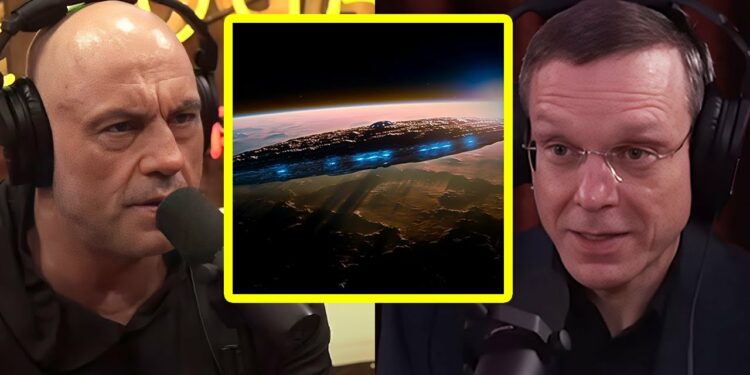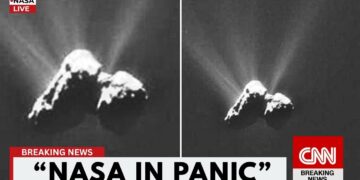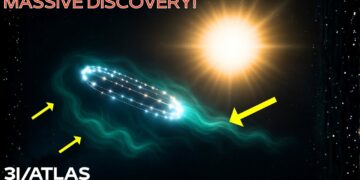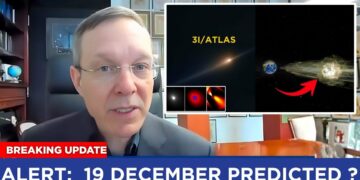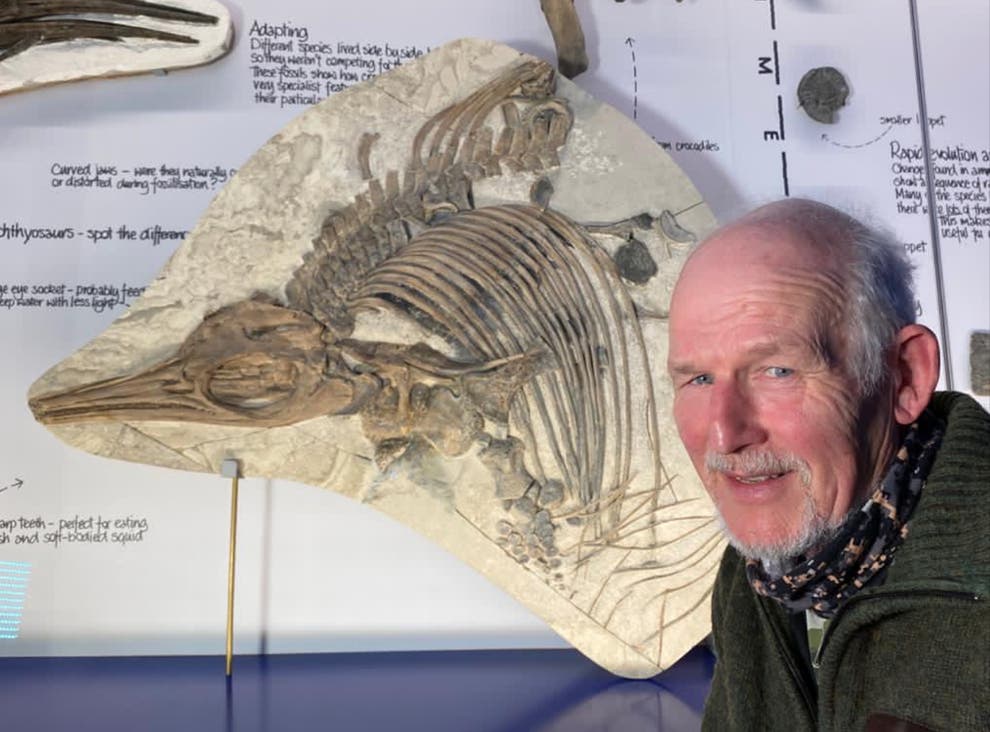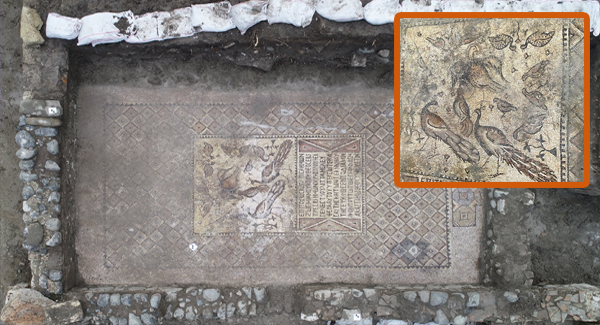In 2017, an extraordinary object named ‘Oumuamua captured the attention of scientists and the public alike. Discovered on October 19, 2017, by astronomer Rob Weryk using the Pan-STARRS1 telescope in Hawaii, ‘Oumuamua was the first confirmed interstellar object to visit our solar system. Its name, derived from Hawaiian, means “a messenger from afar arriving first,” reflecting its origin beyond our cosmic neighborhood. Unlike anything previously observed, this object challenged conventional understanding and sparked debates about its nature and origins.
‘Oumuamua’s characteristics were peculiar. It moved too fast to be gravitationally bound to the Sun, confirming its interstellar origin. Unlike comets, which typically display a glowing coma and dust tail when nearing the Sun due to evaporating ice, ‘Oumuamua showed no such features. Its shape was also unusual—initially thought to be cigar-like, with a length ten times its width, later observations suggested a flatter, pancake-like form, roughly 377 feet long, 364 feet wide, and 62 feet thick. Its brightness varied dramatically as it tumbled every eight hours, indicating an extreme geometry, likely flat, reflecting sunlight in a way that suggested a thin, expansive surface.
Most intriguingly, ‘Oumuamua exhibited a non-gravitational acceleration as it moved away from the Sun, a phenomenon typically associated with comets due to the “rocket effect” of outgassing vapors. However, no gas or dust tail was detected, even by the Spitzer Space Telescope, which searched for traces of evaporation. This anomaly led scientists, including Harvard’s Avi Loeb, to explore unconventional explanations. One hypothesis proposed that ‘Oumuamua could be a light sail—a thin, artificial structure pushed by sunlight, a technology humans are currently developing for space exploration. This idea, though controversial and largely dismissed by the scientific community, fueled speculation that ‘Oumuamua might originate from an extraterrestrial civilization.
Alternative theories suggest natural explanations. Some researchers, like Alan Jackson and Steve Desch from Arizona State University, propose ‘Oumuamua could be a fragment of nitrogen ice, possibly ejected from a Pluto-like body in another planetary system. The sublimation of nitrogen under solar radiation could account for the observed acceleration. Another theory, by Daryl Seligman and Jennifer Bergner, suggests that trapped hydrogen gas, released from altered ice crystals as ‘Oumuamua approached the Sun, might explain the push without a visible dust trail.
‘Oumuamua’s trajectory was hyperbolic, meaning it wasn’t captured by the Sun’s gravity but passed through the solar system at high speed, reaching its closest point to the Sun (perihelion) on September 9, 2017, at 23 million miles. By October, it was 21 million miles from Earth, eventually coming as close as 15 million miles before exiting toward the constellation Pegasus, beyond Neptune’s orbit, at a speed of 54.2 meters per second. Its fleeting visit limited observation time, with the Hubble Space Telescope tracking it the longest, though images showed it as a mere speck.
The discovery of ‘Oumuamua, followed by the interstellar comet 2I/Borisov in 2019, suggests that such objects may be more common than previously thought. Estimates indicate 1,000 to 10,000 interstellar objects could be within Neptune’s orbit at any given time, though most are too distant or faint to detect. The upcoming Vera C. Rubin Observatory, set to begin surveying in 2025, and missions like the European Space Agency’s Comet Interceptor, planned for 2029, aim to enhance detection and study of these cosmic visitors.
‘Oumuamua’s origin remains a mystery. Tracing its path backward, researchers found it passed near four stars about a million years ago, with the red dwarf HIP 3757 being the closest. Whether it came from one of these systems or has been wandering interstellar space for billions of years is unknown. Its study offers a glimpse into the formation of other planetary systems, as interstellar objects like ‘Oumuamua carry clues about their home environments. While some view it as a natural anomaly—a possible nitrogen iceberg or hydrogen-outgassing fragment—others, like Loeb, argue it could be evidence of advanced technology, prompting a reevaluation of our assumptions about the cosmos.
The debate surrounding ‘Oumuamua underscores a broader tension in science: the balance between skepticism and open-mindedness. While most astronomers favor natural explanations, the object’s anomalies challenge conventional models, encouraging scientists to consider new possibilities about the universe and our place within it.

